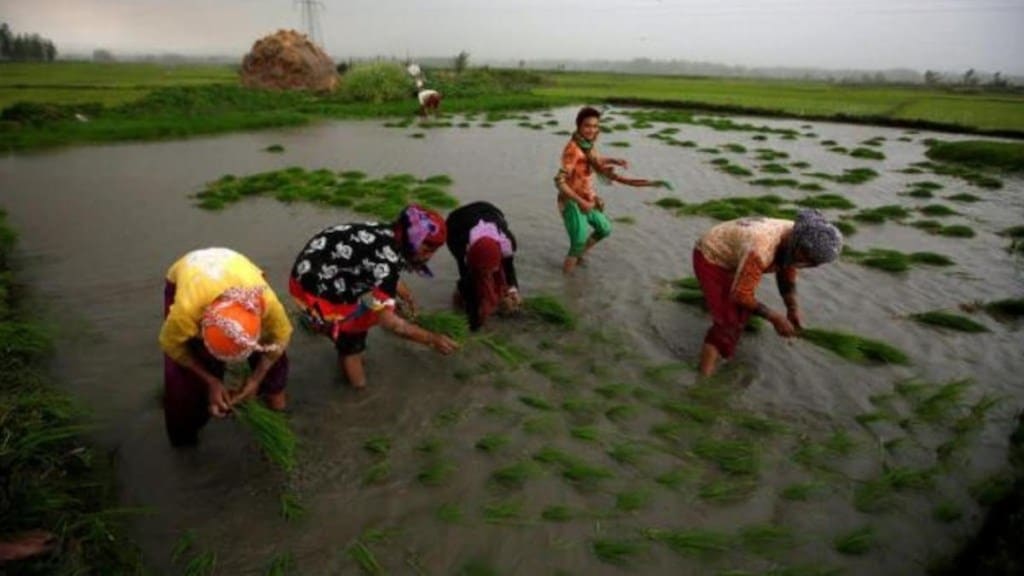While excess monsoon rainfall in key kharif crops growing states has hit standing crops including paddy and pulses including Punjab, Rajasthan and Telangana, the overall impact on the country’s crop output is not expected to be significant, rating agency Crisil said on Thursday.
“If there are no adverse weather events and the upcoming rabi season is healthy, we would see the third consecutive successful harvest,” according to Crisil’s rainfall distortion index (RDI).
The agency stated that abundant rains this monsoon season have improved the groundwater and reservoir levels, which is beneficial for the rabi crops that rely on irrigation. It stated that excess monsoon rainfall hit crops in 10 states, which together represent 58% of India’s kharif-growing area.
The index stated that by mid-October, when the monsoon withdrew, pan-India rainfall was 27% above the benchmark – long period average (LPA). Yet excess to large excess rains were reported in the key kharif crop-producing states of Punjab (478%), Haryana (390%), Rajasthan (371%), Bihar (190%), Uttar Pradesh (90%), Gujarat (75%), West Bengal (56%), Odisha (49%) and Madhya Pradesh (32%).
“October is important because the standing kharif crops are typically in the last stage of being harvested. Moreover, the farmlands need to shed moisture to prepare for rabi sowing,” Crisil stated.
The index highlights pockets of stress, as indicated by the spatial pattern of excess rains this season.
For the 2025 southwest monsoon season, the RDI, which measures the extent of excess or deficient rainfall in the kharif-growing regions, stands at 18.7, the highest (positive) value in 14 years, compared with 17.9 in 2024 and a five-year average of 9.9.
“This indicates that this year’s monsoon rains were in excess in the kharif crop-growing states, while rains were most widespread in 14 years,” according to the index.
The south-west monsoon season (June-September) ended with the country receiving ‘above normal’ rainfall at 108% of the benchmark – LPA – with 91% of geographical reporting ‘normal to surplus rainfall.
It’s a second consecutive year of ‘above normal ‘ monsoon this year, after a below-normal precipitation seen in 2023.
Three regions – northwest (127.3%), central India (115.1%) and South Peninsula (110.4%) —receiving hugely surplus rainfall led to floods and crop damages and loss of yield across states including Punjab, Rajasthan, Maharashtra, Gujarat and Karnataka.
Only east and north-eastern regions have received deficit rainfall of 20.2% against the benchmark.
Taking into consideration the impact of flood and excessive rainfall across regions on kharif crops, the agriculture ministry last month had projected a modest growth of 2.4% in foodgrain production to 362.5 million tonne (MT) for the 2025-26 crop year (July -June) compared to 353 MT of production in 2024-25.

